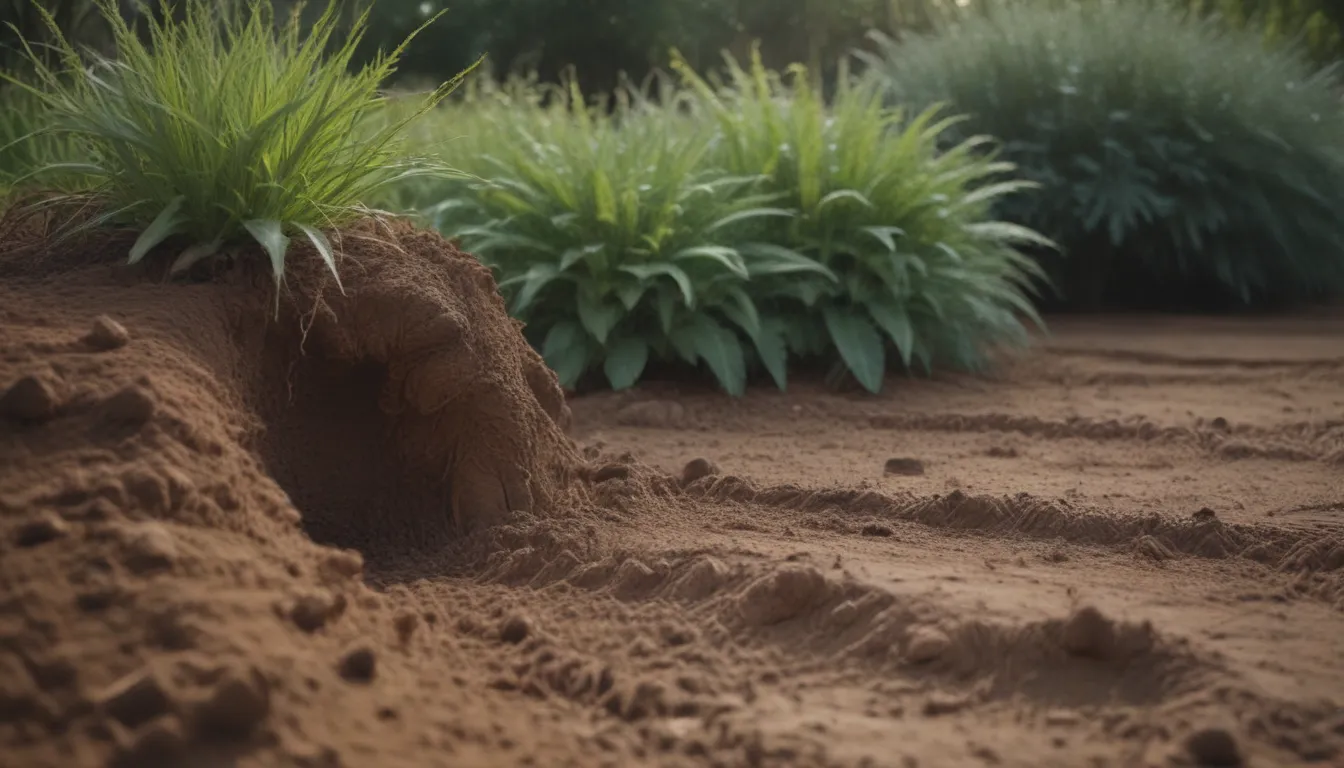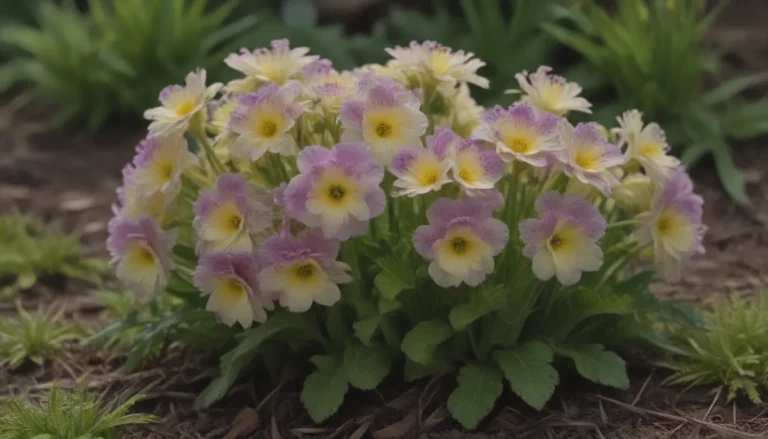Understanding Clay Soil: How to Identify, Improve, and Transform Your Garden

Clay soil can be a gardener’s worst nightmare, but fear not! With the right knowledge and techniques, you can turn your clay soil into a thriving garden bed. In this comprehensive guide, we will explore everything you need to know about clay soil, how to improve it, and transform it into great garden soil over time.
What Is Clay Soil?
Clay is one of the three basic soil types, characterized by its fine mineral particles that measure only 0.002 mm in diameter. This soil type is sticky and doesn’t drain well due to the lack of space between the mineral particles. If you find that water tends to puddle on the ground instead of soaking in, you likely have clay soil. Soil with over 50 percent clay particles is referred to as “heavy clay.”
To determine if you have clay soil, look for these signs:
– Soil sticks to shoes and garden tools like glue
– Forms clods that are hard to separate
– Crusts over and cracks in dry weather
You can also do the squeeze test: take a handful of moist soil and squeeze it firmly. If the soil holds its shape even when poked, it is clay.
The Disadvantages of Clay Soil
Clay soil comes with its challenges, including:
– Poor drainage
– Sticky texture
– Root rot in bulbs
– Difficulty for plant roots to penetrate
Improving Clay Soil
Improving clay soil is a process that requires effort, but the results are well worth it. Here are steps you can take to improve your clay soil:
1. Define the growing area for your garden bed.
2. Dig out any existing plants if necessary.
3. Avoid adding sand to clay soil, as it creates a concrete-like mixture.
4. Add organic matter such as compost, peat moss, or manure to improve soil structure.
5. Allow plant material to decay naturally to enrich the soil over time.
6. Conduct a soil test to address any nutrient deficiencies or pH issues.
7. Add organic fertilizers or soil amendments as recommended in the soil test report.
Amending clay soil is a long-term process that requires consistent effort. Remember to continue adding organic matter, such as compost, to maintain soil quality and prevent it from reverting to its heavy clay state.
Transforming Clay Soil Over Time
Clay soil cannot be changed overnight, but with perseverance, you can transform it into great garden soil. Here are some tips for ongoing soil improvement:
– Add compost once or twice a year to continue the process of improving soil structure.
– Allow plant material to decay and become part of the soil ecosystem.
– Plant cover crops to add green manure to the soil.
– Avoid planting directly in clay soil; instead, amend the entire area before planting to encourage healthy root growth.
Remember, the key to success in transforming clay soil is patience and consistent effort. By following these guidelines and incorporating organic matter into your soil, you can create a thriving garden bed that supports healthy plant growth for years to come.
In conclusion, while clay soil may present challenges for gardeners, it is possible to improve and transform it into a beneficial growing medium with the right techniques. By understanding the nature of clay soil, avoiding common pitfalls such as adding sand, and consistently adding organic matter, you can turn your clay soil into a garden oasis. So roll up your sleeves, get your hands dirty, and watch your garden thrive in enriched, nutrient-rich soil. Happy gardening!





